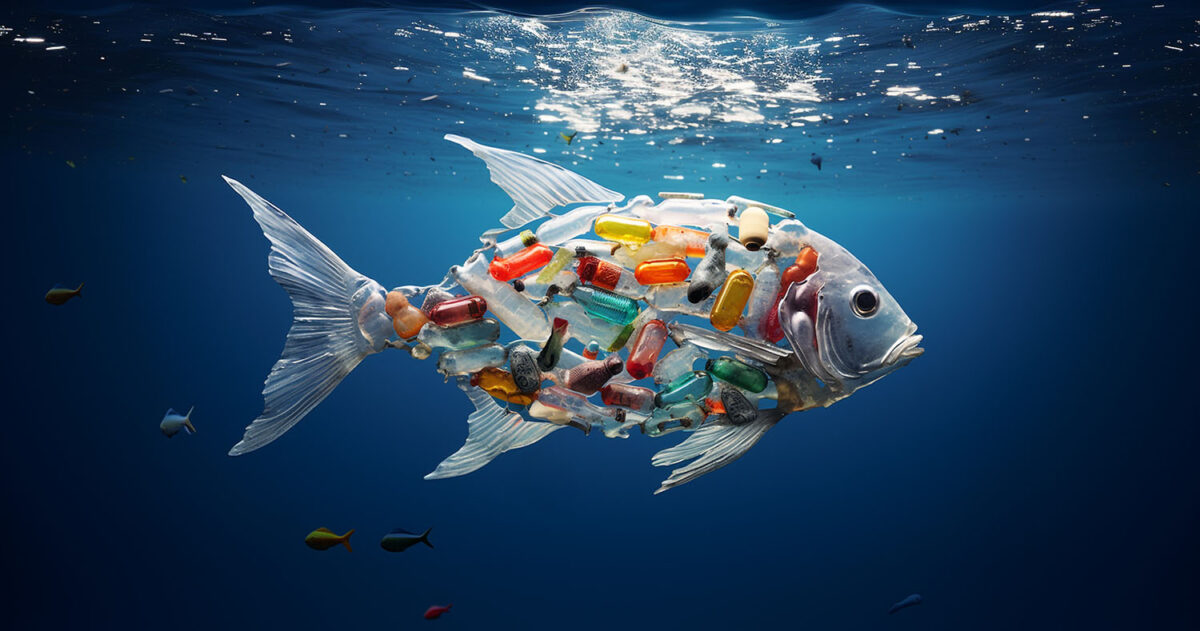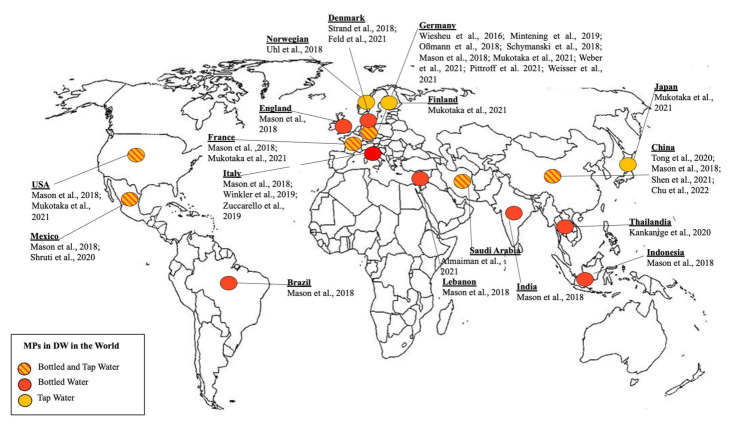Are Microplastics Toxic?

Ecotoxicity studies are instrumental in comprehending the intricate adverse effects of microplastics on organisms and ecosystems.
Research indicates that microplastics induce physiological and behavioral changes in aquatic organisms, impacting reproductive capabilities and overall fitness. Furthermore, microplastics serve as carriers for toxic chemicals, posing additional threats as they traverse through the food web.
The exposure to microplastics hides an indirect effect related to the presence of other substances, such as additives, considered biologically and toxicologically relevant for humans, that are present in plastic products and which may be leached out from the particles themselves.
The possible effects of microplastics could depend on the time and intensity of exposure as well as the susceptibility of the host. In this regard, the concentration of the mass of MPs per volume of beverage is an important parameter for risk assessment.
Ecotoxicity studies involving microplastics and animals aim to investigate the potential impacts of microplastic exposure on various species within aquatic and terrestrial ecosystems. These studies assess how microplastics may affect organisms at different levels of the food chain and in different environments.

Geographical representation of MPs data in drinking water. TW: Tap Water; BW: bottled water. Courtesy of Occurrence of Microplastics in Tap and Bottled Water: Current Knowledge.
Here are some key aspects of ecotoxicity studies related to microplastics:
Ingestion and Accumulation
Many studies focus on the ingestion of microplastics by organisms, such as fish, invertebrates, and even higher trophic levels like birds. The accumulation of microplastics in the digestive tracts of these organisms is a primary concern.
Physical Effects
Microplastics can have physical effects on organisms. In aquatic environments, for example, they may interfere with the feeding and digestion processes of filter-feeding organisms or cause blockages in the digestive systems of animals.
Chemical Effects
Microplastics can adsorb and accumulate chemicals from the surrounding environment. When ingested, these chemicals may be released into the digestive tracts of organisms, potentially leading to toxicity. This aspect is particularly concerning when considering persistent organic pollutants (POPs) that can attach to microplastic surfaces.
Behavioral Changes
Some studies explore whether exposure to microplastics alters the behavior of animals. This could include changes in feeding behavior, mating patterns, or general activity levels.
Impact on Ecosystems: Ecotoxicity studies also aim to understand how microplastics may impact entire ecosystems. Changes in the abundance or behavior of certain species can have cascading effects on the broader ecosystem.
Terrestrial Effects
While aquatic environments have been a primary focus, researchers are increasingly studying the effects of microplastics on terrestrial organisms. This includes investigating how microplastics in soil may affect plants and animals.
Mitigating the challenges posed by microplastics demands a nuanced approach. Reduction in plastic usage, enhanced waste management, and innovative recycling technologies are imperative components.
It is imperative to focus on addressing principal microplastic sources, minimizing plastic degradation, and exploring methods to cleanse water bodies. Moreover, microplastic effects have been proven in animals, but also they need to be proven in humans to know the real toxicity potential of the material.
